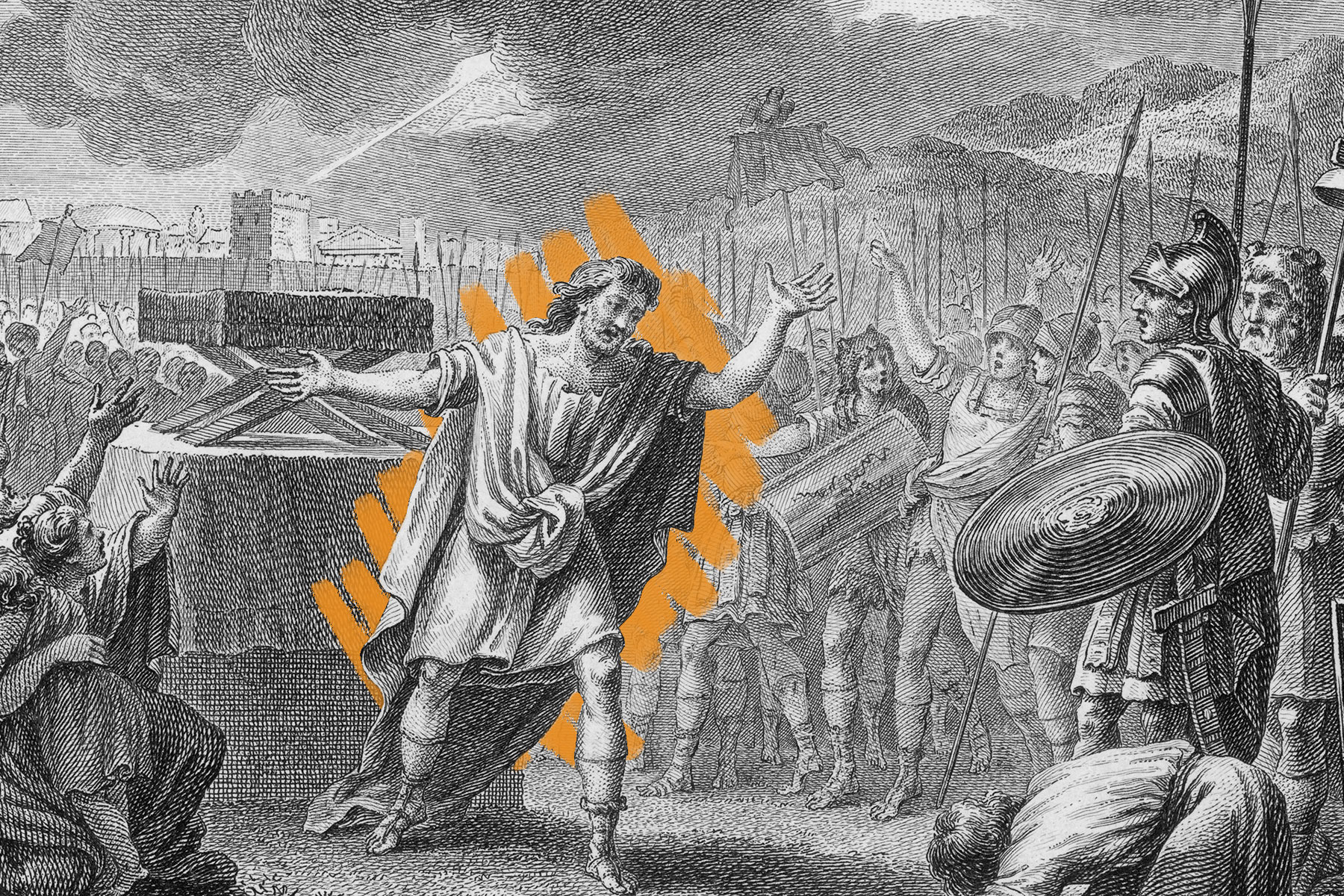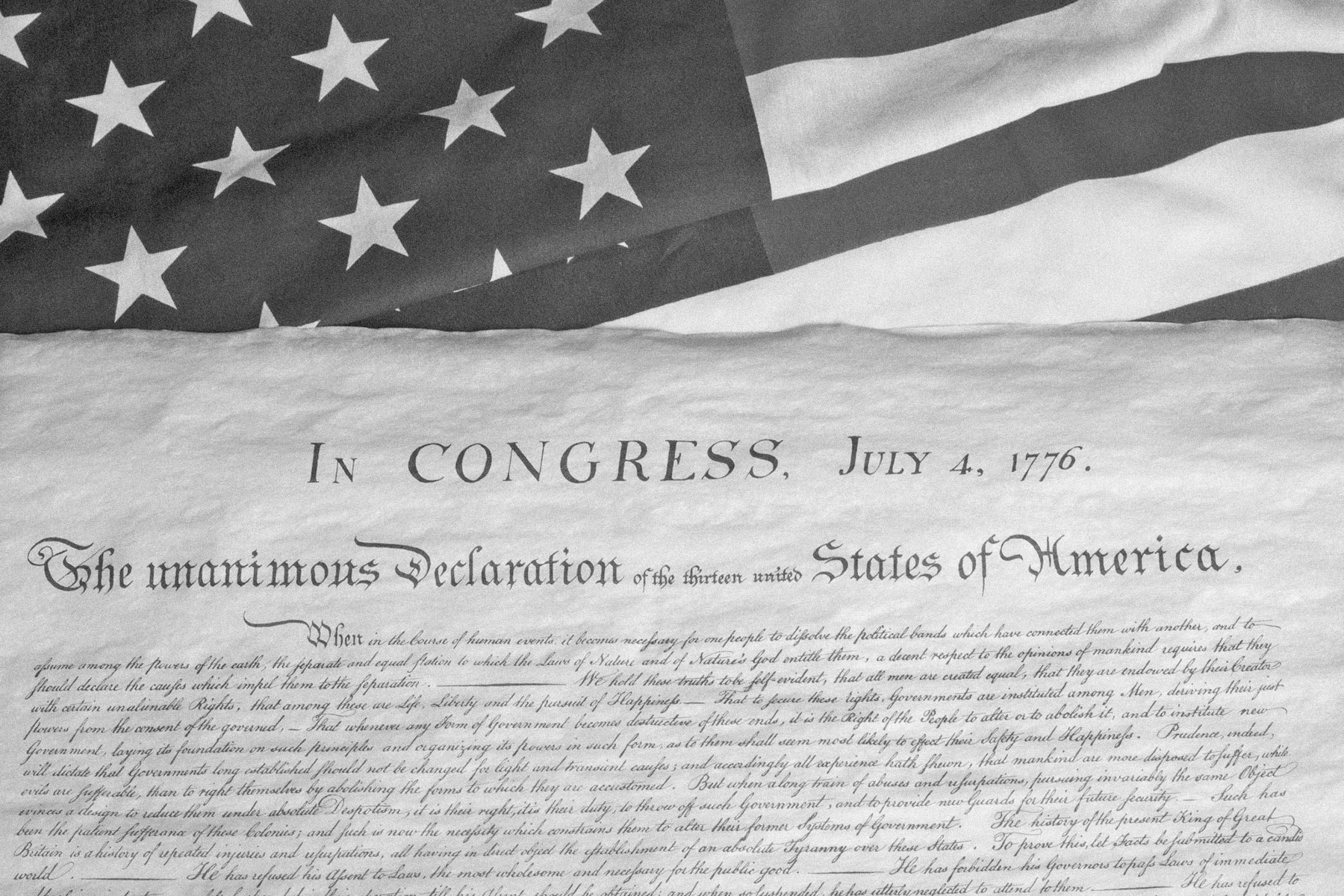The year didn't always start in January
Monday, January 1, 2024
Today's modern calendar comes with a lot of quirks, not least of which are the names of the last four months. |
| |
| |
|
 |
|
| T oday's modern calendar comes with a lot of quirks, not least of which are the names of the last four months. Although September, October, November, and December seemingly begin with numeral prefixes, the numbers don't match their place in the calendar. October, for example, is not the eighth month of the year, but the 10th. So what's going on here? Well, blame the Romans. |
|
|
| Ancient Rome's original calendar, which according to myth was created by the city's legendary founder Romulus in the eighth century BCE, contained only 10 months. The year lasted 304 days, beginning in March (named for the Roman god Mars) and ending in December, the 10th month (marking the annual harvest). But because this calendar woefully underestimated the true length of a year, it was replaced with a new calendar by the Roman king Numa Pompilius around 713 BCE. The new calendar put the year at 355 days long, divided into 12 months, based on the cycles of the moon. It added the month of January to the start of the year and tacked on February at the end, though the latter eventually moved to its current position between January and March. This change threw the numerically named months (which at that point also included Quintilis and Sextilis) out of whack. Strangely, no one seemed to mind, and this quirk of the calendar has been with us ever since. |
|
 |  |
|
| Thank you for supporting our advertisers! |
|
| |
|
 |
|
By the Numbers |
|
| Kings who ruled Rome, from 753 to 509 BCE | | | 7 |
| | | Exact days in a solar year | | | 365.24219 |
| | | Exact days in a solar year | | | 365.24219 |
|
|
|
| Year the month Quintilis ("fifth month") was renamed Julius | | | 44 BCE |
| | | Episode of Star Trek that introduced a mysterious race called the Romulans | | | 14 |
| | | Episode of Star Trek that introduced a mysterious race called the Romulans | | | 14 |
|
|
|
 |
|
 | | Did you know? |
|
|
A German librarian deciphered the Maya calendar. |
|
| One of the most complex calendars in history is the timekeeping system created by the Maya thousands of years ago. For centuries, scholars didn't know what to make of the ancient calendar — in fact, they didn't even know how to read it. That changed with the arrival of Ernst Förstemann, a librarian at the Royal Library in Dresden, Germany. Although he had no background in Maya history or culture, Förstemann did have an appetite for mathematics and, luckily, access to the Dresden Codex, one of the earliest surviving books written in the Americas, which is filled with Maya hieroglyphics. With help from a 1566 book detailing the inner workings of the Maya writing system, Förstemann decoded the culture's complex system of three interlocking calendars — the Sacred Round, Solar Round, and Long Count calendar. Building on his work, scholars eventually concluded that August 13, 3114 BCE — known to the Maya as 4 Ahau 8 Cumku — represented the beginning of creation in the Mesoamerican civilization. |
|
| Thank you for supporting our advertisers! |
|
| |


posted by June Lesley at 6:00 AM










![]()
![]()






0 Comments:
Post a Comment
<< Home